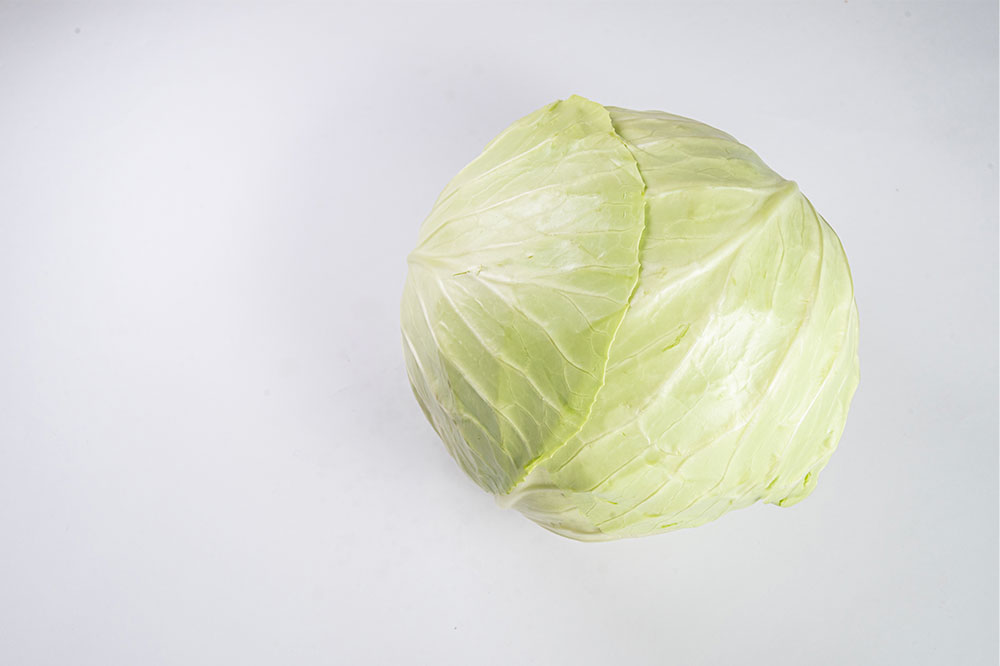10 Foods for Managing Chronic Kidney Disease

Chronic kidney disease, or chronic renal disease, is when the kidneys gradually lose their function. Since the kidneys’ primary function is to filter out wastes from the blood, their deteriorating function can lead to metabolic wastes building up in the body, making the person unwell. Therefore, the basic idea of a kidney-friendly meal is to limit the consumption of food rich in sodium, potassium, calcium, and phosphorous. So let’s learn about what foods are ideal.
Foods to eat:
Blueberries
Blueberries are known as a “superfood” for a good reason, as antioxidants are abundant in this berry. They are also a low-calorie fiber and vitamin C source and contain only low potassium levels. Hence, these are good for kidney patients. Alternatively, raspberries, strawberries, and cranberries are other fruits equally suitable for those with stable renal conditions.
Olive Oil
The best supplement to any meal plan imaginable is olive oil. Its low sodium, potassium, and phosphorus concentrations make it highly edible for people with renal issues. Its high concentration of beneficial monounsaturated fats makes it the ideal cooking oil for kidney patients and healthy individuals. Extra virgin or virgin olive oils should be purchased as they contain more antioxidants. For example, one may use olive oil in cooking, salad dressings, bread dipping, and vegetable marinades.







